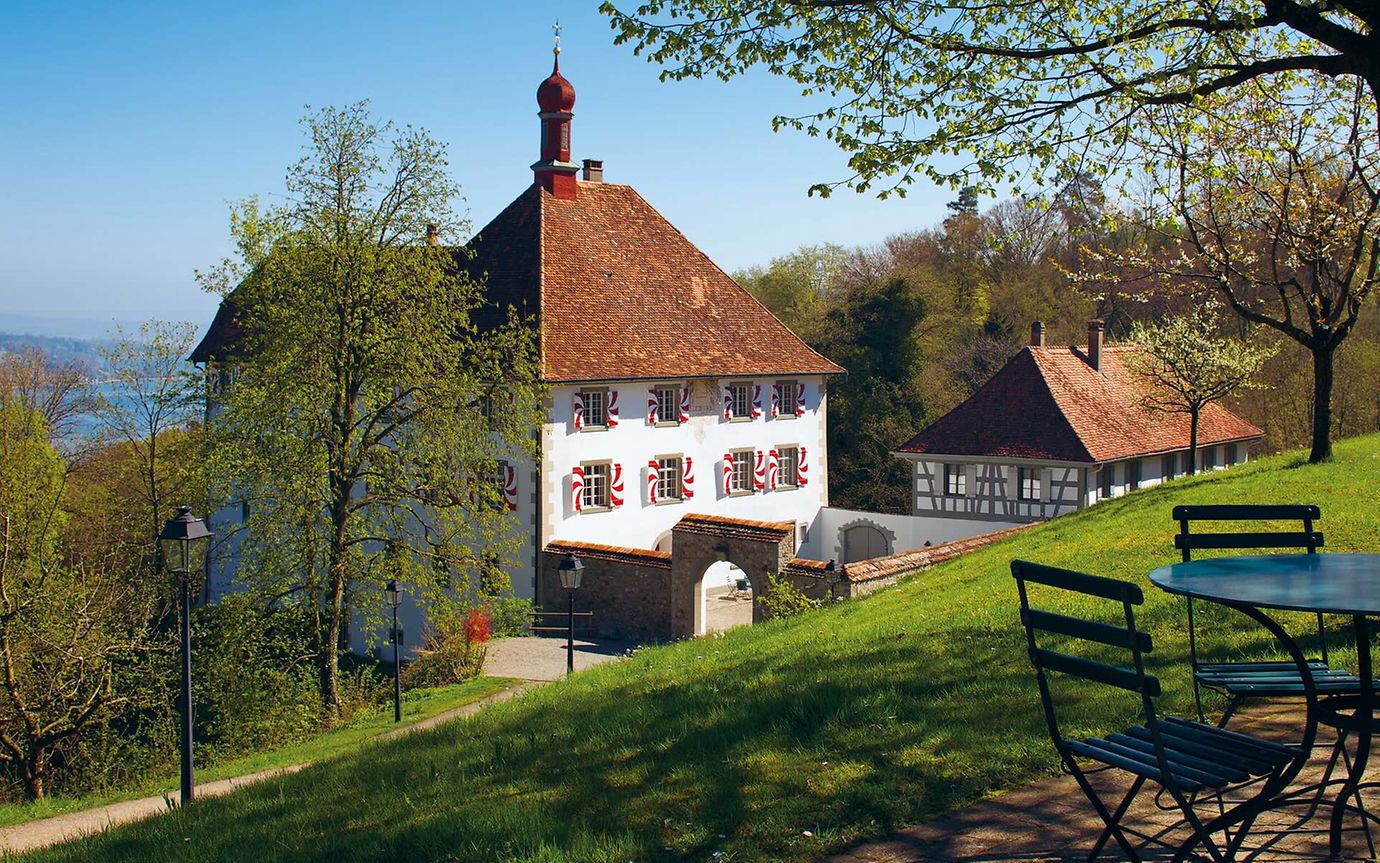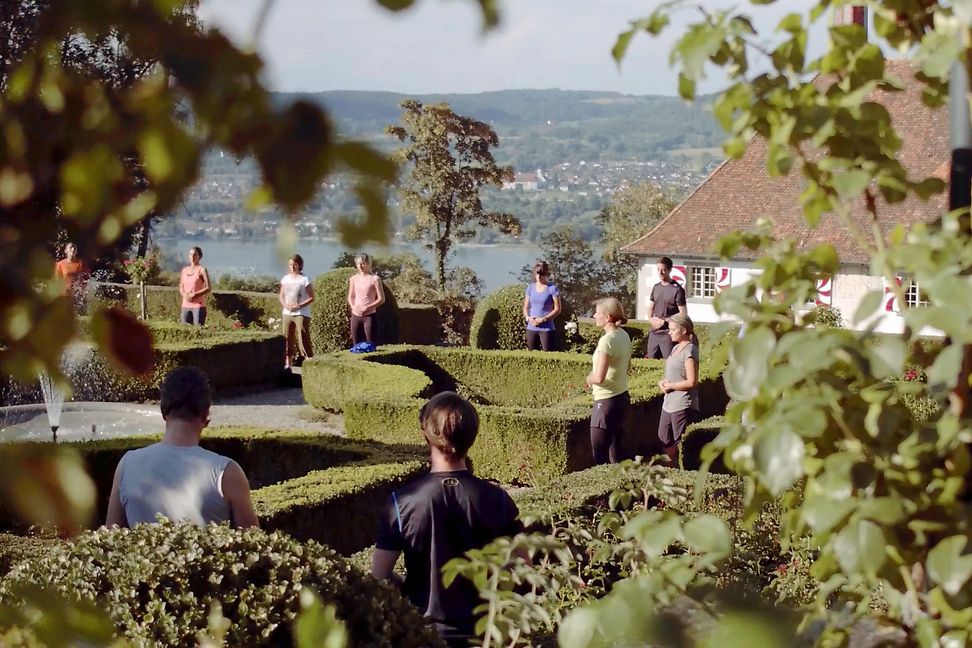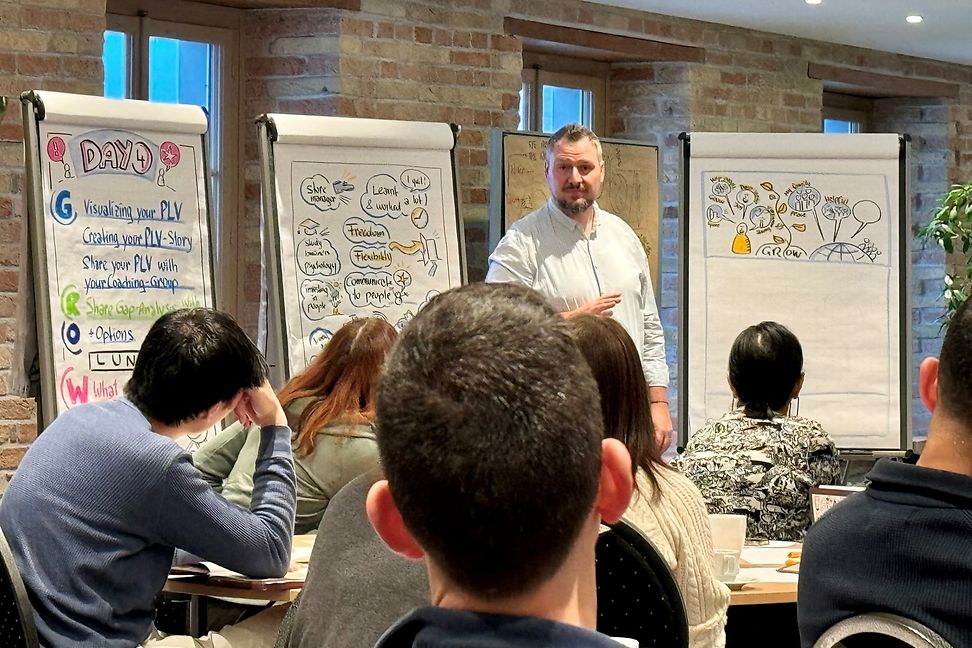在此处更改您的语言和 LGT 位置。
私人客户的数字平台
登入 LGT 智能银行
金融中介机构的数字平台
登入 LGT 智能银行 Pro
常见问题解答 (FAQ)
LGT 智能银行帮助
常见问题解答 (FAQ)
LGT 智能银行专业版帮助
New work seems to be an omnipresent topic. Hans Rudolf Maag, Executive Head of the Liechtenstein Academy, explains what new forms of organisation are all about and how they can be successfully implemented.

Hans Rudolf Maag: A high degree of self-organisation. The business world is still largely organised hierarchically, with decisions being made along this hierarchy and thus traditionally "from the top down". At the Liechtenstein Academy, on the other hand, we have consistently relied on efficient self-organisation for almost 30 years. We promote the ability to reflect and act independently. However, management still plays an important role.

They play a crucial role. Banks have to create an environment for their employees that offers a high degree of agility and flexibility. In this respect, they are no different from other sectors. What is often forgotten is that this requires efficient self-organisation. Innovative organisational structures are needed to remain competitive and meet the demands of an increasingly complex environment.
It's all about innovation and increasing efficiency. They are also crucial for LGT if we are to keep pace with the latest technological developments and offer innovative financial solutions. Efficient organisational structures in turn enable a bank like LGT to reduce costs, optimise processes and ultimately remain competitive.
On the one hand, the margins on a large number of financial products have fallen sharply in recent years. On the other hand, we have seen strong growth in our organisations. This means, for example, that teams no longer necessarily work in the same place, and often not even in the same country.

In principle, traditional structures have many advantages: they are familiar to employees, have proven themselves in many situations and therefore provide a sense of security. But this is precisely where the danger lies: people are oriented towards the past and do not act in a way that is adapted to the present and the future. Such structures often no longer reflect the complexity and interconnectedness of reality.
"A structure is only as strong as its individual elements."
In traditional structures, people often think in 'silos', where departments work in isolation from each other. This makes it difficult to communicate and collaborate, and slows down decision-making. Modern organisational forms encourage collaboration across departmental boundaries and break down silos, leading to more effective use of resources and better flow of information.
Agile organisational structures allow companies to respond more quickly to change and adapt more effectively to new market conditions. This allows them to be more responsive to the needs and concerns of their customers. The result is an improved customer experience and greater satisfaction.
"Agile organisational models need to "fit" - they are not automatically "better"
They foster innovation and creativity in companies and increase employee engagement. This not only leads to greater identification with the goals and values of the organisation. The culture of innovation and creativity creates space for new ideas and experiments. The exchange between different teams leads to a high level of knowledge and experience sharing, resulting in co-developed, innovative solutions and ultimately competitive advantage. However, agile organisational models need to "fit" - they are not automatically "better ".
A structure is only as strong as its individual elements. If the individual elements - employees, for example - are unwilling or unable to fit into a new structure, the benefits of new organisational models will be lost. In other words, it only works if the whole organisation is on board. In particular, employees need to be closely supported and involved in structural change.

Maag: An important role, because they make new structures and ways of working possible in the first place and improve efficiency, the client experience and working models. For example, successful collaboration in virtual teams is becoming increasingly important; new technologies make it possible to lead and manage these teams effectively.

About Hans Rudolf Maag
Executive Head of the Liechtenstein Academy Hans Rudolf Maag studied natural sciences, education and psychology and has managed personnel development and human resources in various international companies. He now works as a coach for managers and entrepreneurs. As a partner in family businesses, he is also involved in successful business management and organisational development on a daily basis.
Thinking and acting responsibly for the long term" - that is the principle of the Liechtenstein Academy. Teams, managers and business families are trained at the Schloss Freudenfels campus near Stein am Rhein (Switzerland) and other locations. The focus is on the individual as well as on family, business and social issues. The Academy was founded in 1995 by the Princely House of Liechtenstein for LGT Private Banking.
